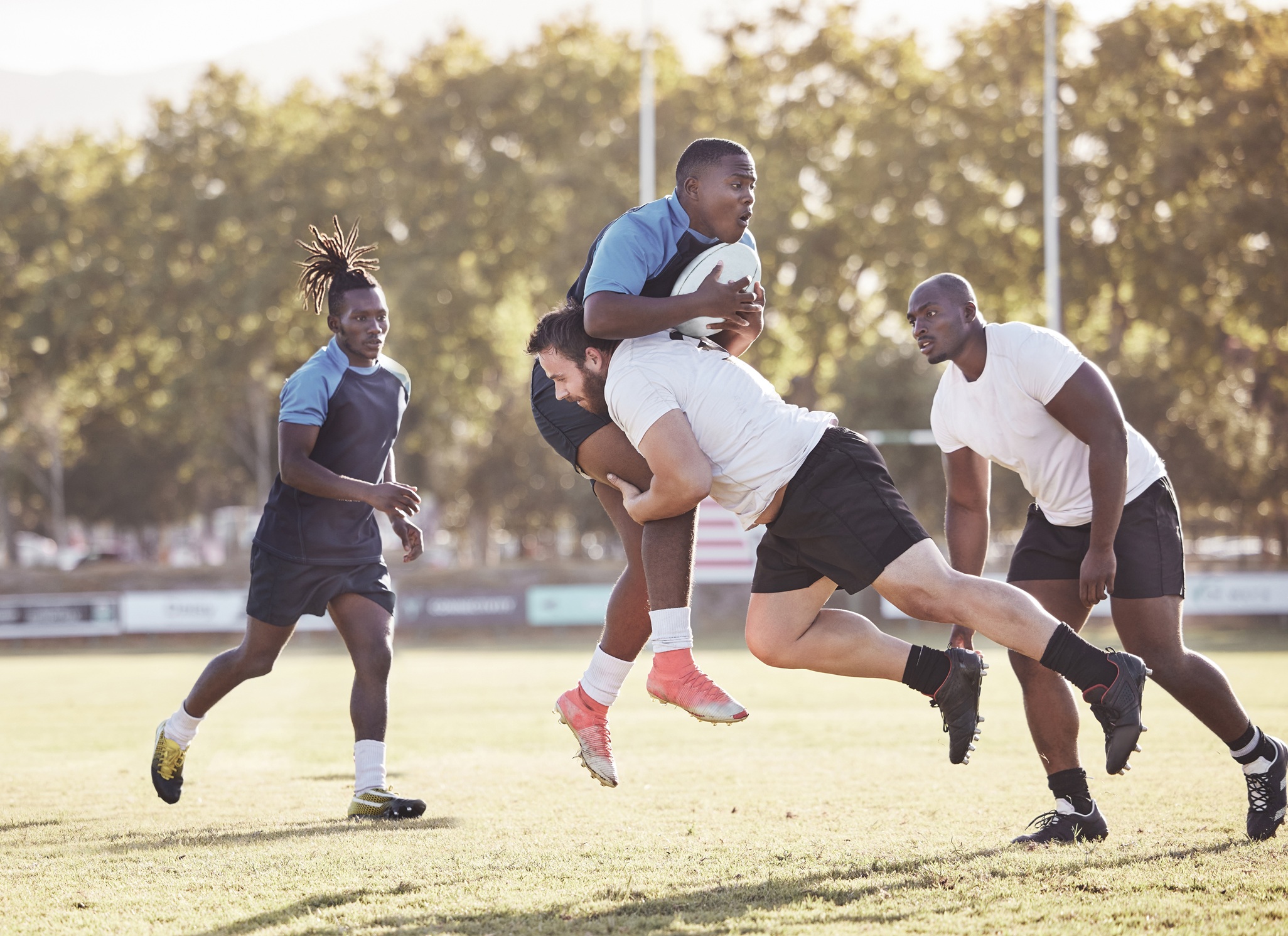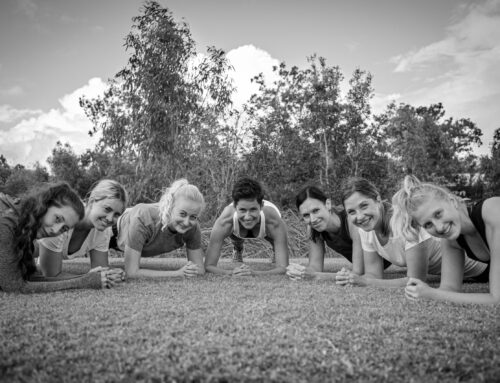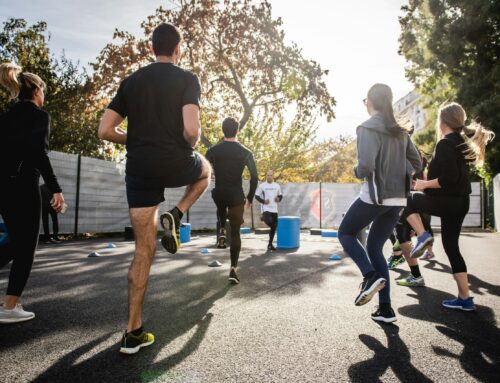Rugby Injuries – What You Need to Know & How Physiotherapy Can Help
Rugby continues to grow rapidly in the UK, with more than 880,000 players taking part across over 1,800 clubs. It’s a sport built on speed, skill and physicality—but with that comes an increased risk of injury. Tackles alone account for around 45% of all match-related incidents, and certain injuries, such as concussion and soft-tissue trauma, are especially common.
In this guide, we break down the essentials: what concussion really is, how to return to play safely, where injuries most often occur, and why seeing a physiotherapist is one of the most effective ways to recover well and stay on the pitch.
At Head2Toe Physio, our clinicians work with rugby players of all ages and abilities—from grassroots to professional—to diagnose injuries accurately, guide safe recovery and keep you performing at your best.
What Is a Concussion?
A concussion is a mild traumatic brain injury caused by a forceful blow to the head or body. This sudden impact causes the brain to move within the skull, temporarily interfering with normal function.
Common symptoms include:
-
Dizziness or poor balance
-
Nausea
-
Confusion or difficulty processing information
-
Sensitivity to light
-
Visual disturbances
Most symptoms resolve within days to weeks, but some players experience post-concussion syndrome, where symptoms persist longer.
Although many concussions are mild, they should never be dismissed. Worsening symptoms—or the appearance of new ones—require prompt medical evaluation.
Physiotherapy can assist recovery through:
-
Vestibular rehabilitation for dizziness and balance
-
Gentle soft-tissue techniques for associated neck strain
-
Education and load management to prevent symptom flare-ups
At Head2Toe Physio, we regularly help players manage lingering symptoms and regain confidence as they return to activity.
How Do You Safely Return to Play?
Returning to rugby too soon after a concussion can be dangerous. The Graduated Return to Activity and Sport (GRAS) programme provides a structured way to progress back safely.
Stage 1 (0–48 hours):
Relative rest—reduce cognitive and physical load.
Stage 2 (24–48 hours onward):
Light daily activities as tolerated.
Stage 3:
Low-intensity aerobic exercise and gentle resistance training once daily tasks no longer worsen symptoms.
Stage 4 (no earlier than day 8):
Rugby-specific, non-contact drills and increased resistance work.
Stage 5 (no earlier than day 15):
Full-contact training.
Players should be screened using the SCAT by a Physiotherapist or qualified healthcare professional before progressing.
Stage 6 (no earlier than day 21):
Full match play.
Our physiotherapists at Head2Toe can guide each stage of your recovery, assess your progress, and help ensure your return to play is safe, structured and personalised.
Where Do Soft-Tissue Injuries Occur Most in Rugby?
Soft-tissue injuries—such as sprains, strains, contusions and bursitis—are incredibly common across all playing levels.
Research shows they occur most frequently in:
-
Lower limb: 46.9% (hamstrings, quads, ankle sprains, calf strains)
-
Upper limb: 32% (shoulder sprains, AC joint injuries, biceps strains)
-
Head, face & cervical spine: 20.8%
These injuries are often the result of high-speed running, tackling, scrummaging and repeated contact.
Why Physiotherapy Is Essential for Rugby Soft-Tissue Injuries
Physiotherapy is one of the most effective tools for getting rugby players back to their best. Rest alone won’t rebuild strength, restore tissue resilience or prepare the body for contact.
A specialist sports physio will provide:
✔ Accurate Diagnosis
Pinpointing the injured structure and grading severity ensures targeted treatment—not guesswork.
✔ Tailored Rehabilitation
Sport-specific mobility, strengthening and conditioning programmes designed around the needs of rugby.
✔ Load Management & Progressions
Ensuring tissues heal properly and are re-loaded at the right time.
✔ Symptom & Swelling Management
Using hands-on treatment, exercise and education.
✔ Range of Motion Restoration
Preventing long-term stiffness and compensatory movement patterns.
✔ Biomechanics & Movement Retraining
Correcting faulty patterns that contribute to injury risk.
✔ Safe Return to Play Decision-Making
Progressions that align with tissue healing timelines and rugby demands—from acceleration and agility to rucking and tackling.
At Head2Toe Physio, we help players return stronger, not just symptom-free—reducing the risk of recurrence and improving performance on the pitch.
Need Help Recovering From a Rugby Injury?
Whether you’re dealing with a sprain, strain, concussion, shoulder injury or persistent niggle, the right rehabilitation makes all the difference.
Our team at Head2Toe Physio provides:
-
Same-week appointments
-
Expert sports injury assessment
-
Individualised rehab plans
-
Hands-on treatment
-
Return-to-play guidance
-
Gym- and pitch-based progressions
👉 Book an appointment or learn more at www.head2toephysio.co.uk
Our Physiotherapists are highly qualified, experienced, with a variety of post graduate specialisations. If you or anyone you know would like to have a physiotherapy assessment with the team at Dorking , Leatherhead or Crawley , contact us here.
Blog post guest written by Toby Marcroft, Head2Toe Physiotherapist, Dorking, Leatherhead, & Crawley Clinics.






